Publisher: Focus Entertainment
Developer: DONTNOD
Release Date: 02/13/2024
Available On
Back in the mid-2000s, there were many God of War clones, and that trend continues with the 2018 reboot. Banishers is essentially a God of War clone, almost to a T, barrowing many elements such as combat, exploration, storytelling, and the upgrade system. However, there’s a hint of “Eurojank” present that I just can’t shake. While the story, setting, and lore are interesting enough (the key word is “enough”), the game never excels to the heights of the game it’s trying to become.
You play Red Mac, Raith, and Antea Duarte. Lovers who are now separated by the plane of the dead. Banishers are people who go around removing hauntings from people, places, and objects, but they can also pass judgment and execute the living for doing wrong to those who previously lived. It’s an interesting concept, but sadly, the game never goes into more detail about it. How can these people just kill the living based on what the dead say? What are the laws and rules surrounding this? The game also doesn’t go into the background or history of the Banishers. This is something that God of War did well. We need a lot of backstory if we’re going to spend 25+ hours in a game like this. The entire game is just pretty “good,” but never memorable or amazing. It always just falls below that mark. While I found the world and atmosphere of New Eden fascinating, the way the story and world are unfolded to the player are boring, mundane, or just not interesting. Reading material is pointless and doesn’t add to anything.
Let’s just start with the combat. Heavy and light attacks make up the basis of combos, but you can switch to Antea in the ghost plane, who has more powerful attacks. Her bar isn’t HP, but an energy meter. Hit decrease this as well as using your attack powers. You can refill this bar by fighting as Red in the real world, but he doesn’t have any special attacks, and this really kept me from creating a strategy or learning how to beat enemies. Red just light and heavy attacks enemies (with a heavy charge attack), and the game tells you Red does more damage to ghosts and Antea does more damage to possessed bodies, but it never really seemed to be effective. You can parry attacks, which the game heavily relies on for more damage, and Red has a gun that you get about 1/4th through the game; it’s a one-shot rifle that requires a reload. This can sometimes do a lot of damage, but the enemies are so boring and uninteresting that there’s no distinguishable feature or stat to build strategies in your head. Ghosts are pretty easy, while anything else can damage sponges. I just couldn’t combo or create a meaningful pattern for defeating enemies, and it made combat one of the least enjoyable parts of the game. It also just feels slightly clunky and sluggish.
The upgrade system feels almost as useless. You get experience for Red and Antea by completing side quests (called hauntings), which grant you additional damage for certain attacks, but I never really got to unlock any new combos or powers. Antea’s three powers are found during the story, so the upgrade tree is just boring, and I never felt powerful enough and couldn’t even use skills to become more powerful. This also bleeds over into the equipment system. Red can equip rifles, blades, outfits, and potion bottles, which increase attributes, but no matter how high they were, I always felt just too weak to really get an edge over the enemies. Antea can equip various accessories to help her attributes, but nothing felt powerful or meaningful.
This leads to the exploration and hunting gameplay loop that’s identical to God of War, but without the enjoyment. Why do I want to hunt chests and haunted objects, fast travel back, and open new paths with new powers if all this equipment feels useless and haunting cases only give me a single esence for the skill tree when it also feels pointless? They are fun at first, and the haunting cases are like mini-murder mysteries you can solve, but they also play out the same way. Some lead to small boss fights, some are just item gathering quests, and they all add to the main story choice (I won’t spoil it) for the ending, but they are all optional. There is a lot of side content here, but I gave up about halfway through because I just didn’t feel any of the rewards were worth it.
With that said, the game looks pretty good for an Unreal Engine 4 game. There is a lot of detail in the environments; they are varied, and the atmosphere is thick and heavy, but everything just teeters on not quite being enough on every front. The ability to even upgrade equipment doesn’t help make you feel like you’re growing as a player or character. I felt just as weak from the beginning of the game to the end and wound up dying quite a bit. Some side content, like the void walking dungeons, is tedious and boring, and the only redeeming value is exploring the world and picking up all these items and chests. I just wish the rewards were better.
Overall, Banishers has a lot of interesting concepts going for it, and the voice acting is good (the facial animations are very dated). I wanted to know more about this world, but the game just doesn’t give it up. The side content is questionable, the combat is too clunky, and there’s no strategy or really good combo system implemented to make it stand out from the crowd. There aren’t really any puzzles, and the story is predictable towards the end, making you feel like your choices are almost meaningless. I feel like if DONTNOD had another go, they could get a lot more right. As it stands, this feels like a “Eurojank” God of War.














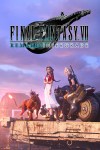















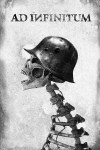



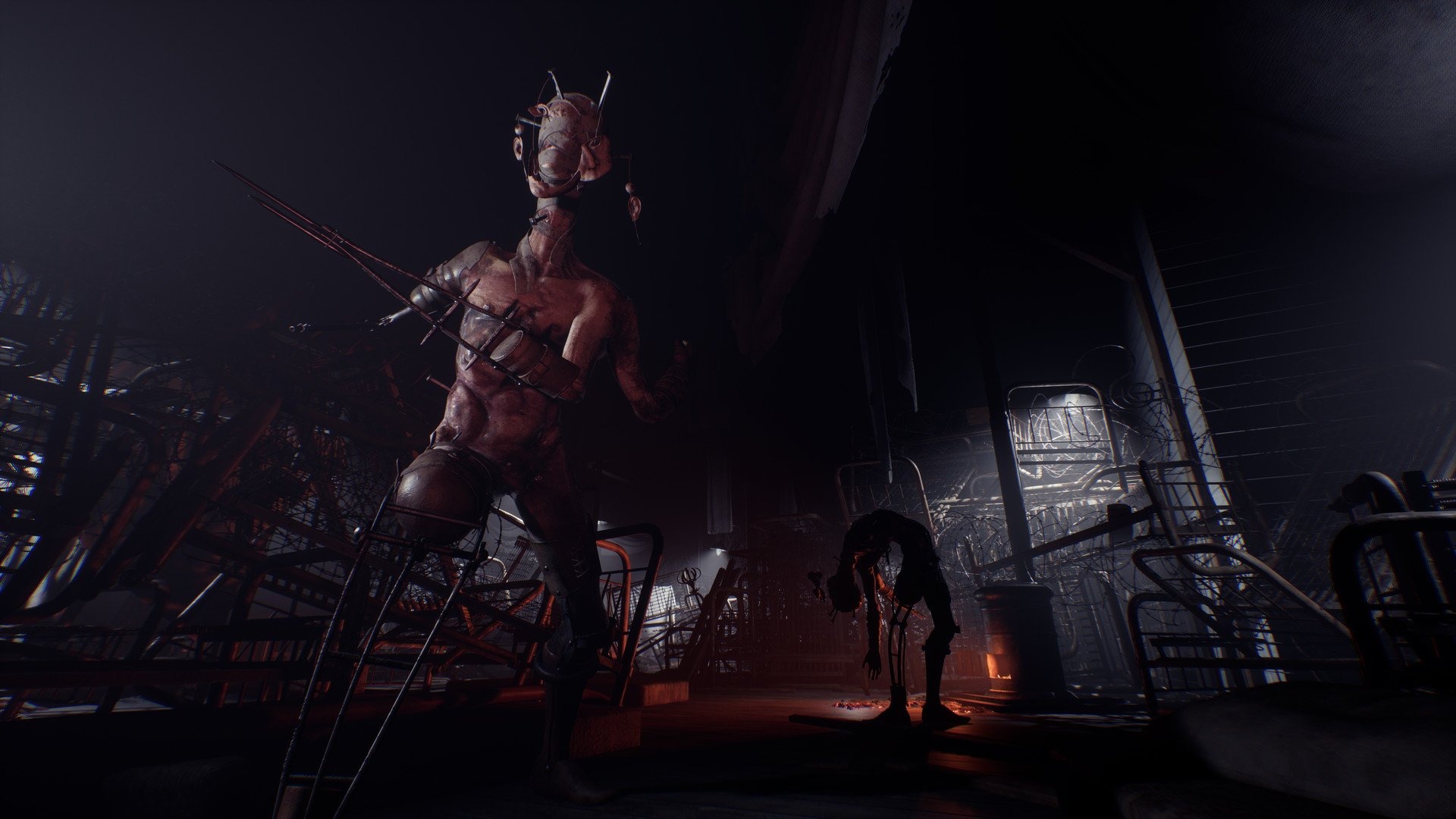




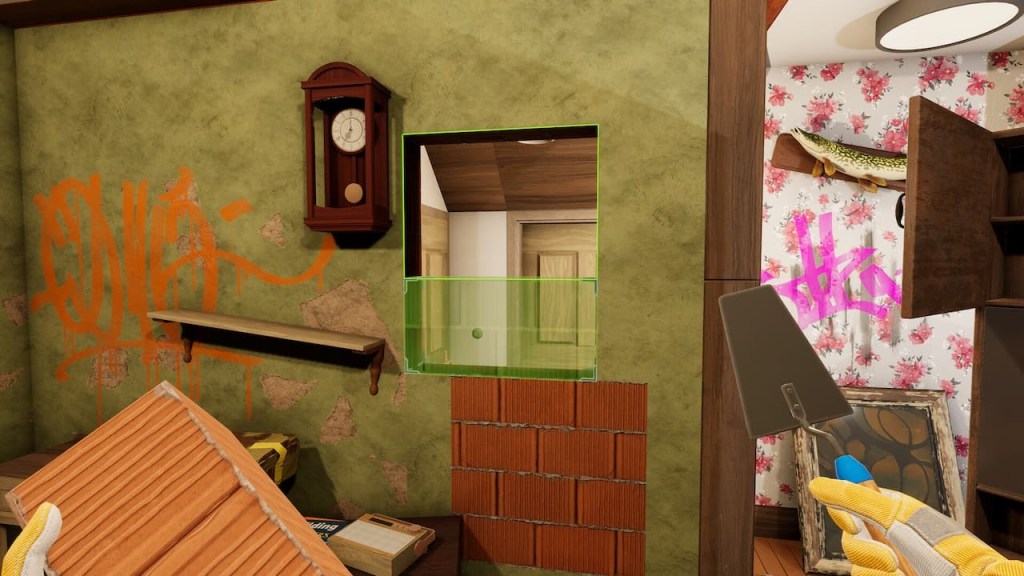















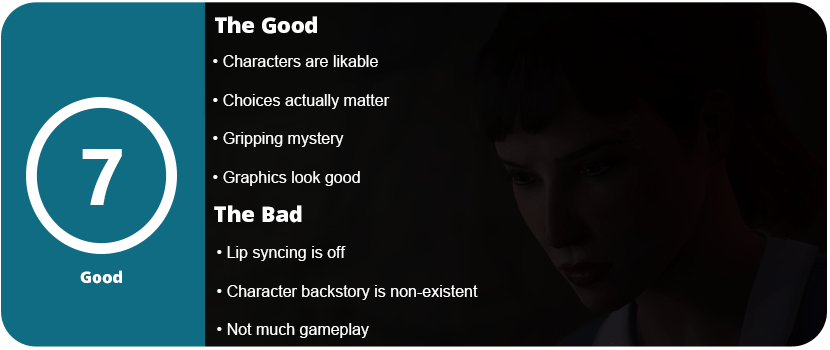








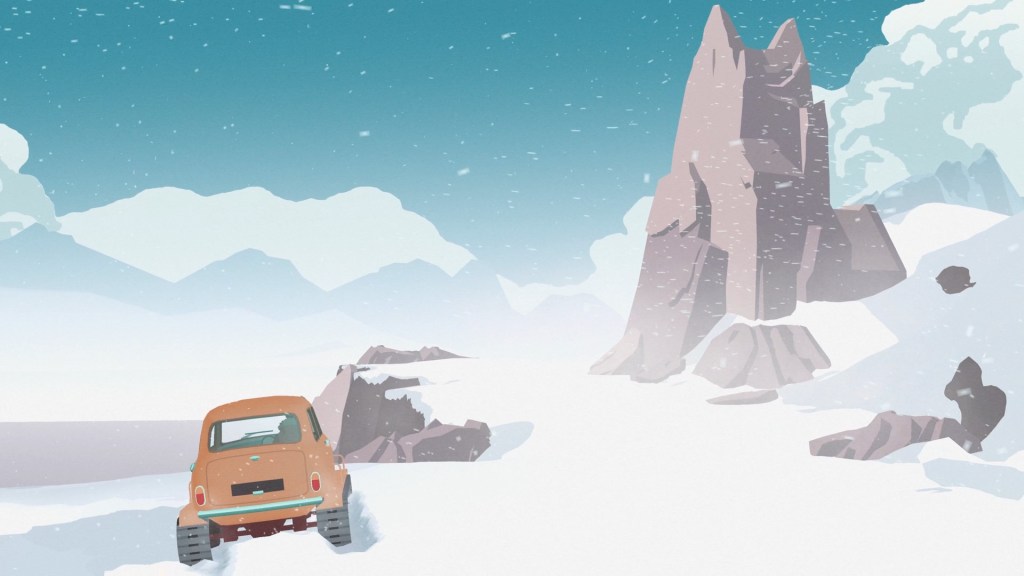

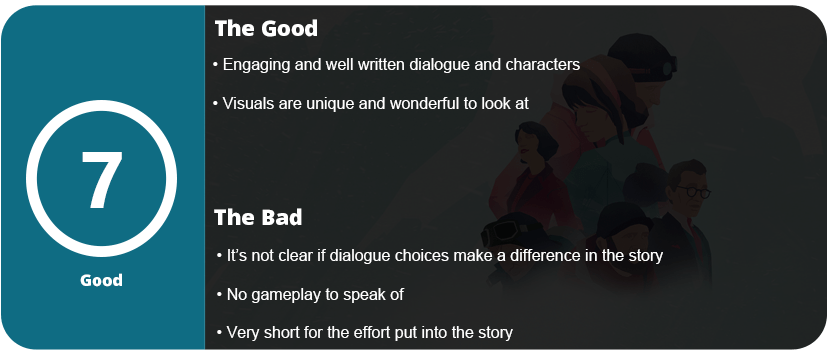











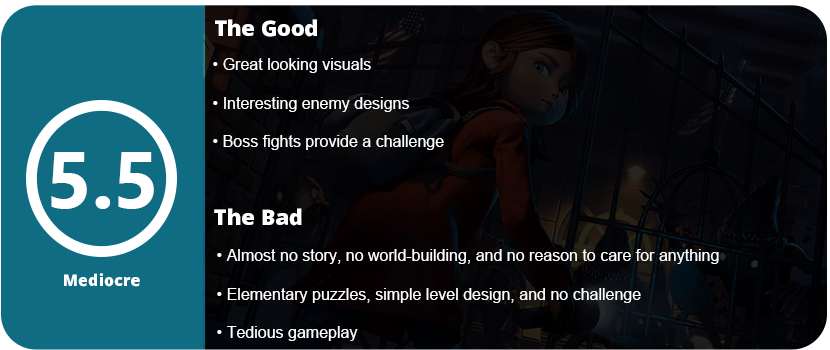









Great post tthankyou